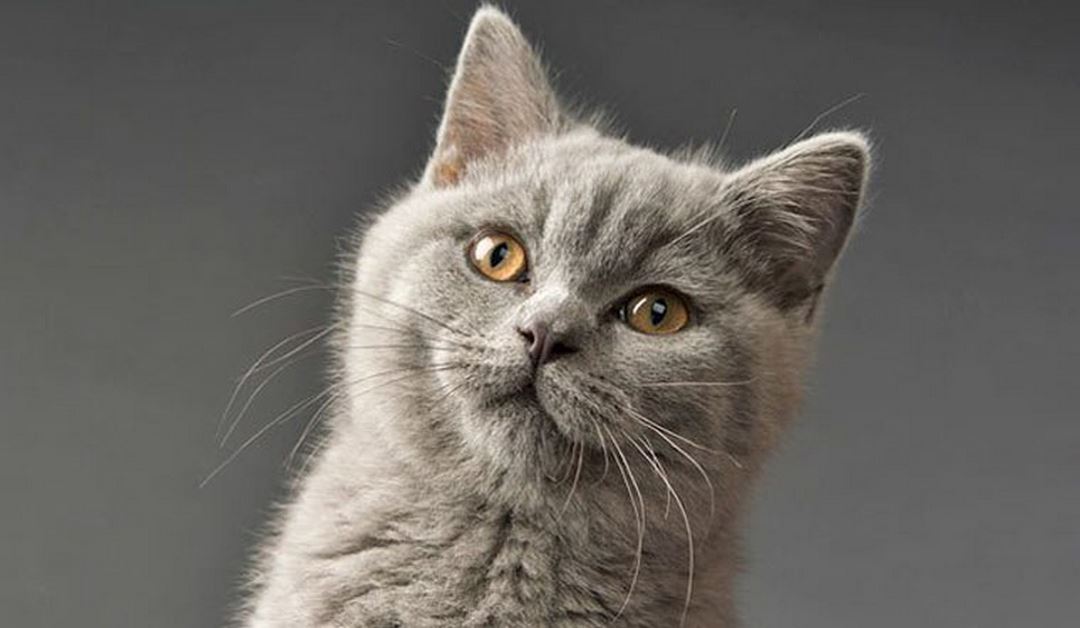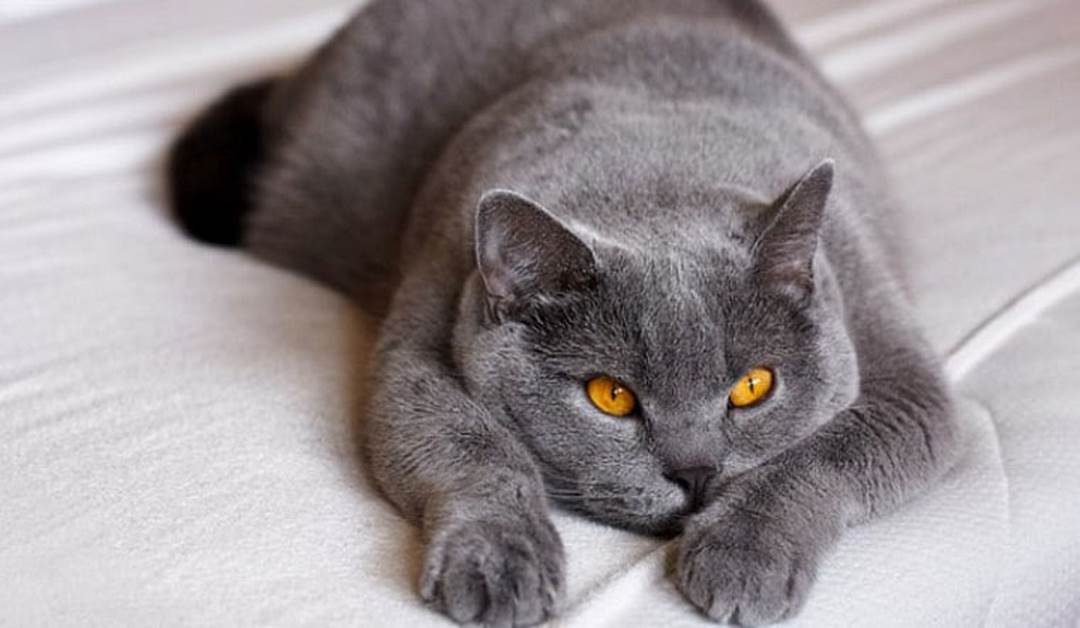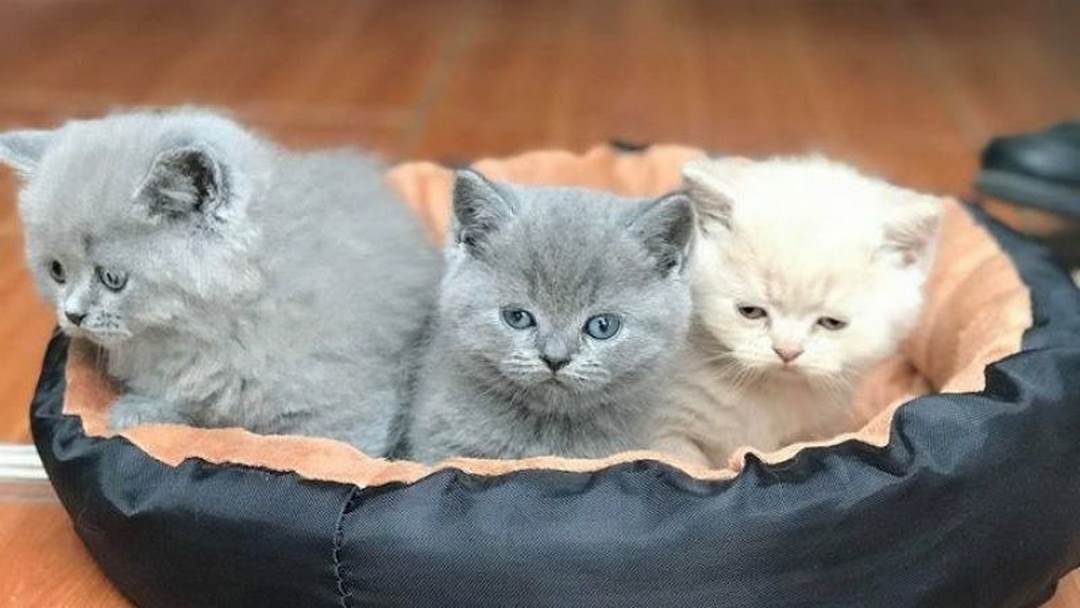The British Shorthair is a breed that’s captivated the hearts of animal lovers worldwide. So, what is it about these cats that makes them so irresistible? Let’s take a closer look at the British Shorthair and how to care for one.
Understanding the British Shorthair
Origins of the British Shorthair
The British Shorthair is one of the oldest cat breeds in the world, originally tracing its roots back to ancient Egypt during the Roman Empire. These cats were brought to the UK during the Roman conquest, and over time, they adapted and became popular among British families, especially within aristocratic households.
Appearance
British Shorthairs are known for their thick, short coats, making them incredibly soft and warm to the touch. Their bodies are round and sturdy, with short legs and padded paws, giving them a gentle, quiet stride. They have large, round heads with wide cheeks, triangular ears, and strikingly large, round eyes.
Personality
These cats are quite laid-back and a little on the lazy side. They are friendly but prefer to stay near their owners rather than being held. When left alone, British Shorthairs are patient and quiet, and they’re happy playing with a single toy for hours on end.
Variations of the British Shorthair
There are two main types: the purebred British Shorthair and the mixed breed British Shorthair. The purebred variety has a dense, plush coat and resembles other breeds like the Chartreux or Russian Blue. The mixed breed, on the other hand, often has a thinner coat. The most popular hybrid is the Scottish Fold Shorthair, a mix between the British Shorthair and the Scottish Fold.
Popular Coat Colors
British Shorthairs come in a wide range of colors, including:
- White: Often a result of crossbreeding with Persian cats.
- Tabby: A blend of the British Shorthair and tabby cats.
- Bicolor: Known for their tuxedo-like appearance.
- Hyma: A mix of British Shorthair and Siamese cats.
Why Consider a British Shorthair?
These cats are known for their affectionate and easy-going nature, making them great companions. They are especially good with children, making them a safe choice for families with little ones.
Caring for a British Shorthair
Diet
British Shorthairs are easy to feed, thriving on both commercial cat food and home-prepared meals. To ensure they get all the nutrients they need, include protein, vitamins, and fiber from meats, eggs, or cheese in their diet. While they love treats like pâté and cheese, be careful not to overfeed them.
Grooming and Health
Even though British Shorthairs have short fur, their coats are thick and they shed quite a bit, especially during spring and fall. Daily brushing during these seasons helps remove dead fur and promotes new growth. Regular grooming also gives you the opportunity to check for fleas, ticks, or any skin issues.
Bathing isn’t required frequently—about 2-3 times a month is fine. Make sure to thoroughly dry them after a bath to prevent skin irritation.
It’s also essential to stay on top of regular health check-ups, vaccinations, and hygiene practices like cleaning their ears, eyes, and mouth weekly. This can prevent common illnesses like ear infections or dental issues.
Training Your British Shorthair
Though British Shorthairs can be independent, they are trainable with a bit of patience. For example, you can teach them tricks like shaking hands by using treats as motivation. They can also learn to respond to their name, especially when associated with positive experiences like play or cuddling. Just be sure not to use their name when disciplining them, as it could create a negative association.
Breeding and Health Concerns
If you’re considering breeding your British Shorthair, it’s crucial to understand their breeding process and genetics. It’s recommended to only breed them with compatible partners and to seek reputable breeding services.
Like many cat breeds, British Shorthairs are prone to certain health conditions such as:
- Diabetes, often linked to poor diet or weight issues.
- Gingivitis, which can cause inflamed gums and bad breath, particularly in kittens.
- Rabies and Feline Panleukopenia: Both preventable with the proper vaccinations.
Make sure your British Shorthair receives the necessary vaccines, including:
- Rabies
- Feline Leukemia Virus (FeLV)
- Feline Immunodeficiency Virus (FIV)
Buying a British Shorthair
The cost of bringing a British Shorthair cat into your life varies depending on whether you choose to adopt or buy from a breeder. No matter the route you take, the companionship and joy these cats provide are truly priceless. Be sure to check out our cat adoption checklist to make the transition smooth for your new furry friend!
Adoption typically ranges from $30 to $300, covering initial vet care and essential services. However, purchasing from a reputable breeder can range from $700 to $3,000, depending on factors such as the cat’s lineage, breeder reputation, and location.
In conclusion, British Shorthairs are affectionate, low-maintenance, and adaptable cats that make wonderful companions. With proper care, they can live up to 12 years or more, providing years of love and joy to any home!






